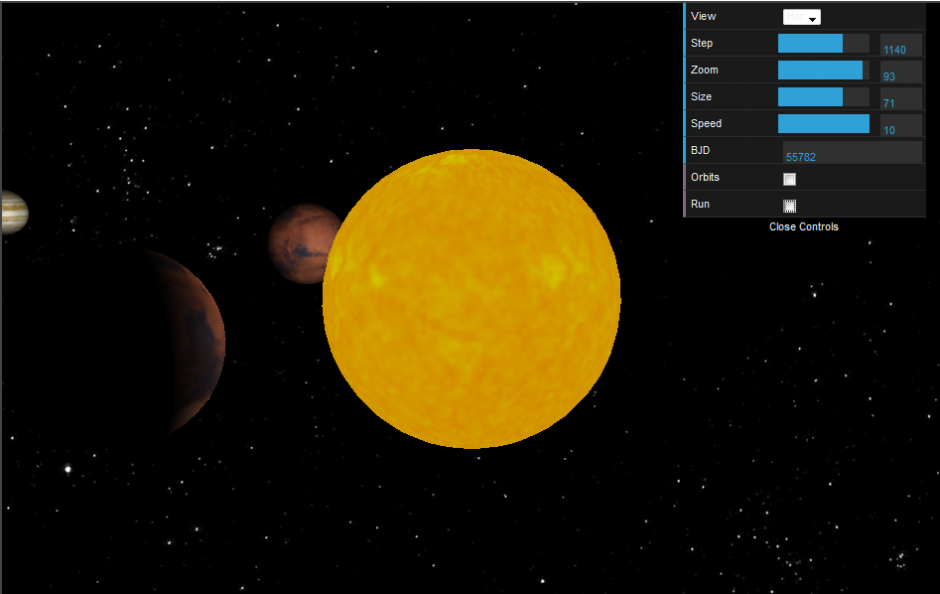HD 69830

HD 69830, K0V, mv=5.95
HD 69830 is a planetary system about 41 light-years away, in the northeastern part of the constellation of Puppis (the Poop Deck). The central star is a yellow dwarf, about 7 to 9 billion year old, that is slightly smaller than the Sun (90% of its radius and 86% of its mass). At least three planets orbit around this star, and their discovery made this system the first known multiplanetary system with only Neptune-mass planets. The inner two are probably super-Earths with a relatively thin atmosphere while the outermost planet is probably a Neptune-like planet with a significantly thicker atmosphere. They were discovered in 2006 thanks to the HARPS spectrograph, on the ESO 3.6 meter Telescope in La Silla, Chile, by a team of astronomers led by Christophe Lovis, of the Observatory of the University of Geneva, and that comprises several other astronomers of both the Observatory of Geneva and the Physics Institute of the University of Bern [1], today members of PlanetS. The outermost planet, HD 69830 d, became the first known Neptune-mass planet to orbit inside the so-called “habitable zone” of its star, i.e. the region around its star where a planet could sustain liquid water on its surface. To complete the system, an asteroid belt had been discovered in 2005 by a team of astronomers from Caltech and the University of Arizona [2].
| Mass (MJup) | Radius | Period(day) | Discovery | |
| HD 69830b | 0.15 | 8.67 | 2006 | |
| HD 69830c | 0.17 | 31.56 | 2006 | |
| HD 69830d | 0.26 | 197.1 | 2006 |
[1] Lovis et al., “An extrasolar planetary system with three Neptune-mass planets”, Nature, 441, 305-309 (2006).
[2] Beichman et al., “An excess due to small grains around the nearby K0V star HD 69830: asteroid or cometary debris?”, The Astrophysical Journal, 626, 1061-1069 (2005). Categories: Uncategorized

